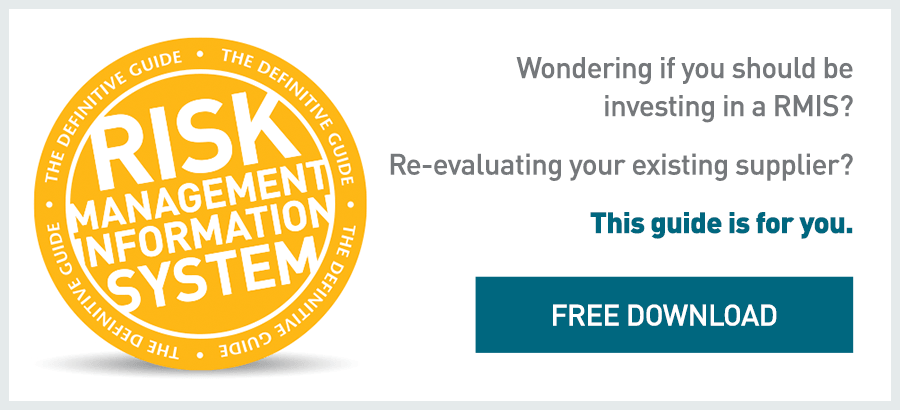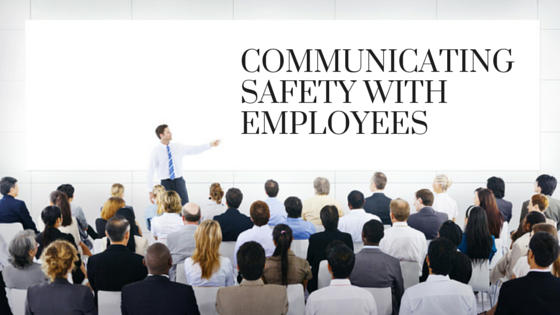The best safety management system in the world won't help reduce workplace injuries and illnesses if employees don't understand how it applies to them. On the other hand, effective communication lowers the chances of accidents at work. In addition, the Occupational Health and Safety Administration, or OSHA, says that it is the employer's responsibility to make sure all employees understand safety procedures. Employers must fulfill communication requirements in order to stay compliant. Typically, communication becomes one of the risk manager responsibilities, so it might be time to review some effective strategies.
Deliver and Track Employee Training
Today's companies need to deliver employee safety training in an effective and cost-effective manner. In order to stay in compliance and make sure employees actually attend to required training, class progress and completion also needs to get tracked. As part of our suite of safety management tools, Ventiv software offers an online learning management system that delivers all of these benefits. Training progress gets tracked for management, compliance, and the employee's own records. Plus, training schedules can be flexible because it is all delivered online.
Reinforce Training With Safety Messages
Messages can come in the form of labeling, safety posters, and even safety screen savers for office computers. Combinations of concise text messages and graphics have been demonstrated to be effective means of helping to encourage a culture of safety and get employees to remember the most important safety rules. In some cases, safety posters and labels might be required. In other cases, these sorts of messaging tools should get considered because they are effective.
Measure the Effectiveness of Communication
Using safety software, risk managers can spot trends and likely hazards for a specific business. It is these common hazards that are likely to generate the most incidents. In turn, incidents that occur the most often are most likely to turn into accidents that can cause injuries. Meanwhile, risk managers can use safety software to see how well their communication actually reduces the number of incidents in a company in order to tune their messages and training.
Solicit Employee Feedback
In a company that really enjoys a culture of safety, employees are also empowered to communicate about their own observations. Risk managers might offer online surveys or even old-fashioned comment boxes. These could be anonymous in case some employees fear retribution. However, all employees should know that they are free to speak up about their concerns without the threat of recrimination from management or supervisors. Once workers feel empowered to help protect themselves and their company, they are likely to be the best assets a safety manager could have. The company's main message should always be that the safest way to perform their tasks is the right way to work.
Let Us Help With Employee Training and Communication
From assisting with legal compliance to spotting common hazards to delivering employee training, the Ventiv Technology ERM solutions and safety management tools make sure that communication about safety gets integrated into your entire business. Learn more about safety management software here.













